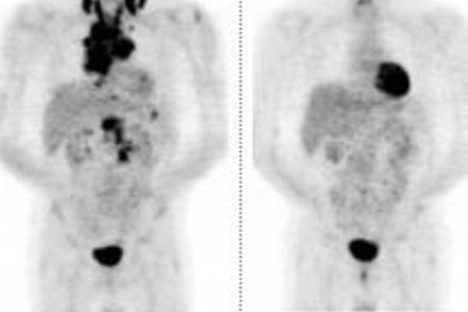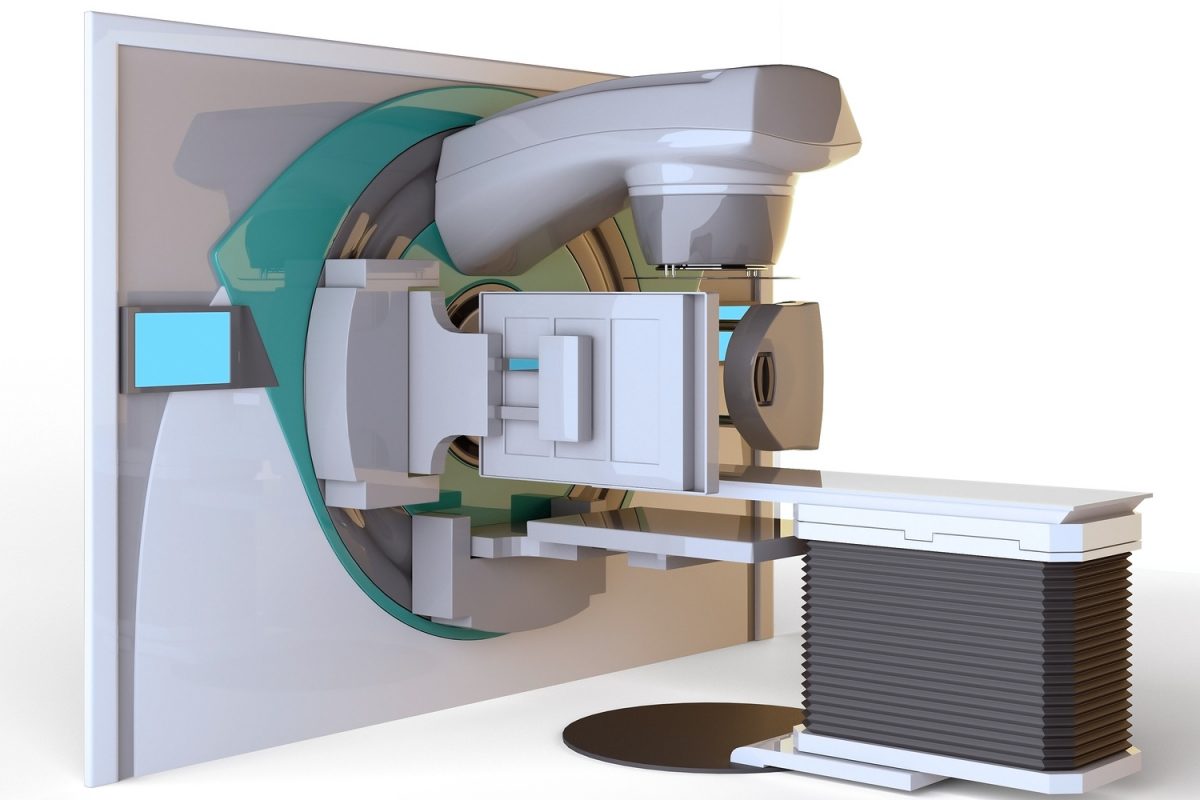Her father was perhaps the unluckiest patient ever. She told me that he had seven different cancers. He had lung cancer. Then he had lymph node cancer. He had liver cancer. He had bone cancer. He had brain cancer. He had skin cancer…. twice! This was a terrible story. But, then, wait…maybe unlucky but not strangely unlucky. So, I asked, which cancer came first? The skin cancer, a melanoma. Mystery solved. This gentleman did not have seven cancers…he had one…a melanoma which had spread to multiple places (including the skin itself)…. that one cancer had metastasized.
Cancer is a terrible disease for two main reasons. First, it grows out of control. Second, it can spread throughout the body. Cancer that has moved from another location is a metastasis. A cancer that has spread is metastatic. This is a frightening but remarkable process. A mass must first invade into a local blood vessel (vein/artery) or lymphatic channel. Then tiny parts of the mass must break loose (a few cells) and float through lymphatic channels or blood vessels. These cells must stop somewhere else and push out of the blood or lymph, into a new tissue (bone, lung, liver, lymph node…). There a new tumor grows. Possibly, it will again invade and metastasize somewhere else (recent theory proposes it might even return to the original site). The cancer is attacked at each step by the blood, the immune system, changes in oxygen and acid levels, etc. Tens of thousands of cells need to attempt that journey for one to succeed, which may be why most cancers do not metastasize if they are small.
This biology is very important not only for naming a cancer, but for treatment. The patient above has metastatic melanoma. What is in his lung is melanoma, not lung cancer. What is in his liver is metastatic melanoma, not liver cancer. He does not have a brain tumor or a lymphoma. He has metastasis from melanoma. Why is this key? Because, where ever the cancer spreads it will act like melanoma! This is extremely important to understand because the treatment will be for melanoma, not lung, liver, brain or bone cancer. In a patient with breast cancer, which has spread to the bone, the treatment is chemotherapy, radiation or surgery for breast cancer, not treatment designed to treat bone cancer. Oncologists use therapies designed to treat cancers from the original site. Knowing whether a cancer is “primary” (started in that place) or metastatic (spread to that place) means a major difference in treatment planning and prognosis.
Doctors will go to great lengths to determine whether a cancer is metastatic. Scans may show a pattern of spread…most cancers spread in a pattern specific for that individual cancer (shown below). Multiple spots of cancer are likely to be from metastasis, not multiple primary cancers. The shape of growth of a single tumor will have a different appearance if it started there or spread. In addition, by doing a biopsy, it is usually possible to see under the microscope where a cancer started. A melanoma, colon cancer or breast cancer always looks like a melanoma, colon or breast cancer, under the microscope. Modern pathology techniques can determine the origin of a tumor more the 95% of the time.
The only good news about the metastasis story is that it gives an opportunity to attack the cancer. By attacking the cancer cells when they are invading or moving through blood vessels, it may be possible to treat or cure it. This is part of the concept behind a number of new treatments. Some medicines attack the tiny blood vessels inside tumors. Others the lining of the cancer cells where they attach to other cells or enhance the immune system to kill the cells.
Webster’s defines metastasis as a “change of position, state or form” causing “the spread of a disease-producing agency.” By understanding better this process, individual patients and doctors are better armed to stop the spread of this disease, and researchers will someday change the state of all cancer, to cured.
| Cancer type | Main sites of metastasis |
| Breast | Lungs, liver, bones |
| Colon | Liver, peritoneum, lungs |
| Kidney | Lungs, liver, bones |
| Lungs | Adrenal gland, liver, lungs |
| Melanoma | Lungs, skin/muscle, liver |
| Ovary | Peritoneum, liver, lungs |
| Pancreas | Liver, lungs, peritoneum |
| Prostate | Bones, lungs, liver |
| Rectum | Liver, lungs, adrenal gland |
| Stomach | Liver, peritoneum, lungs |
| Thyroid | Lungs, liver, bones |
| Uterus | Liver, lungs, peritoneum |







2 Comments